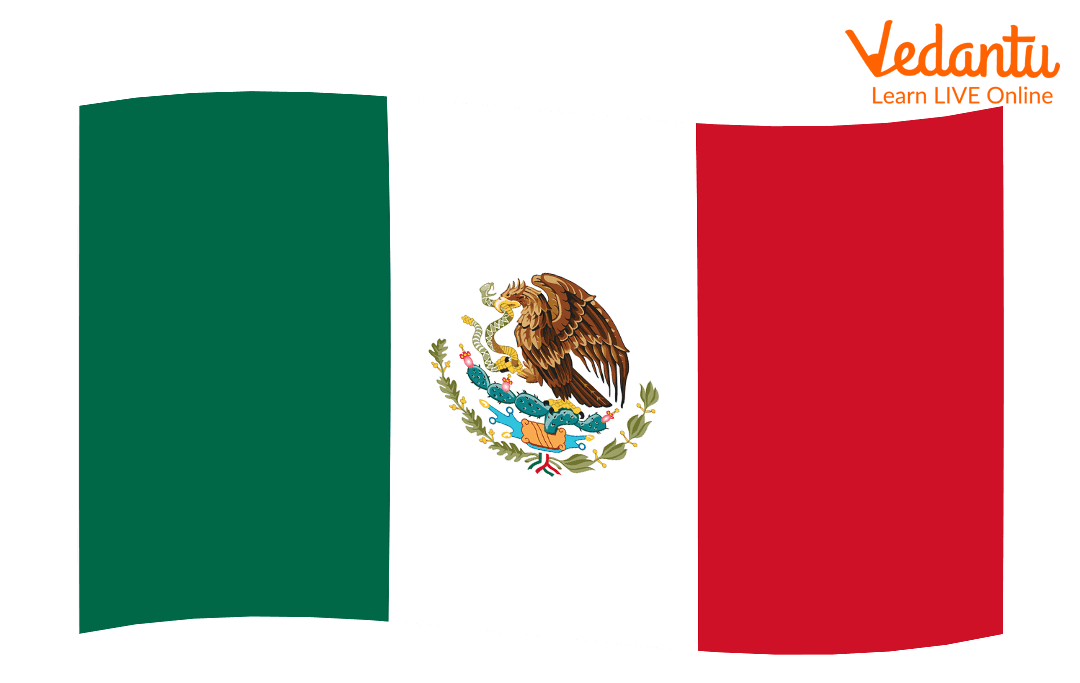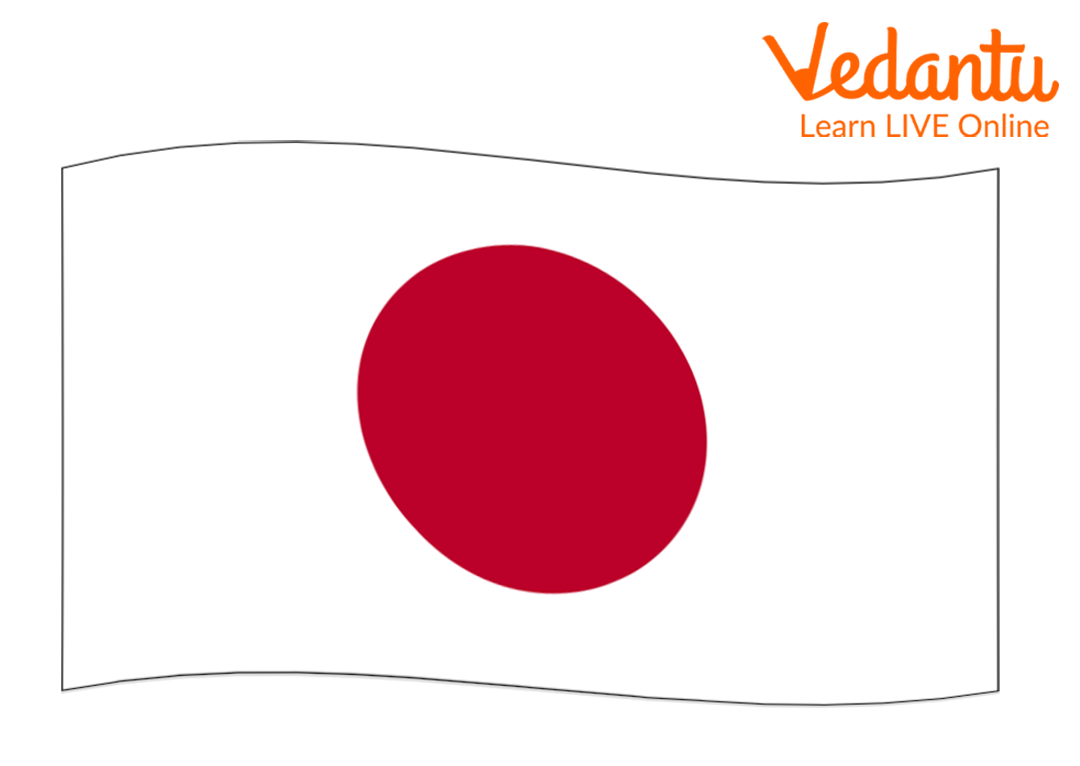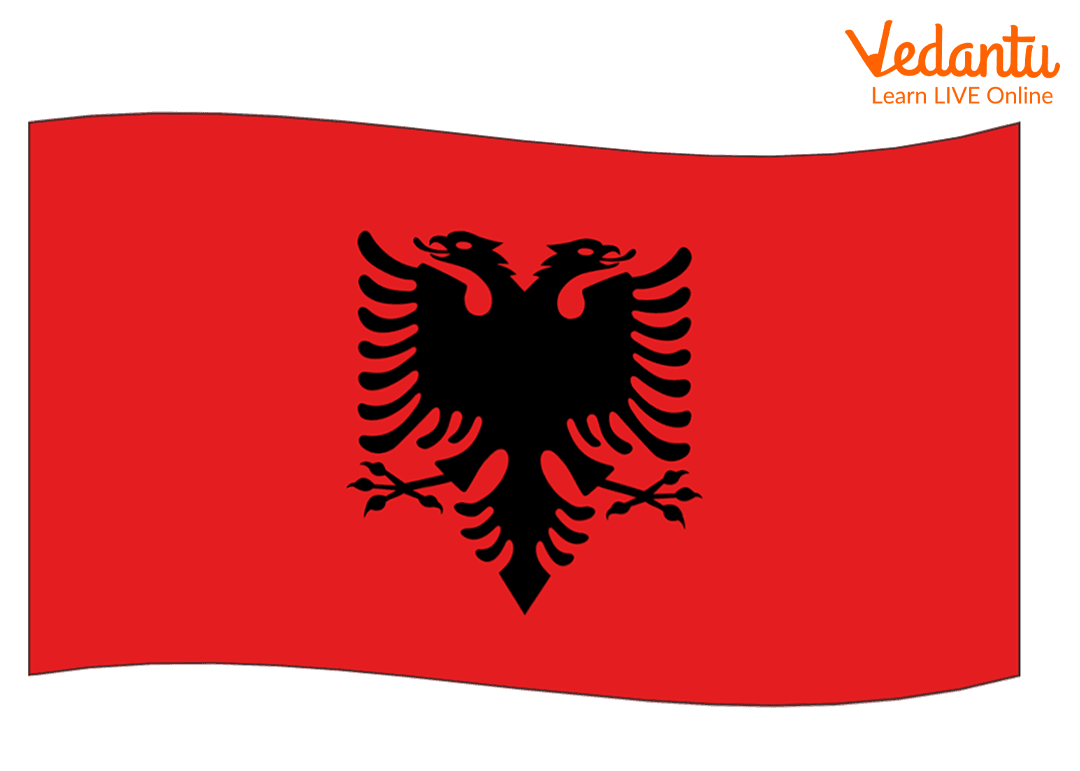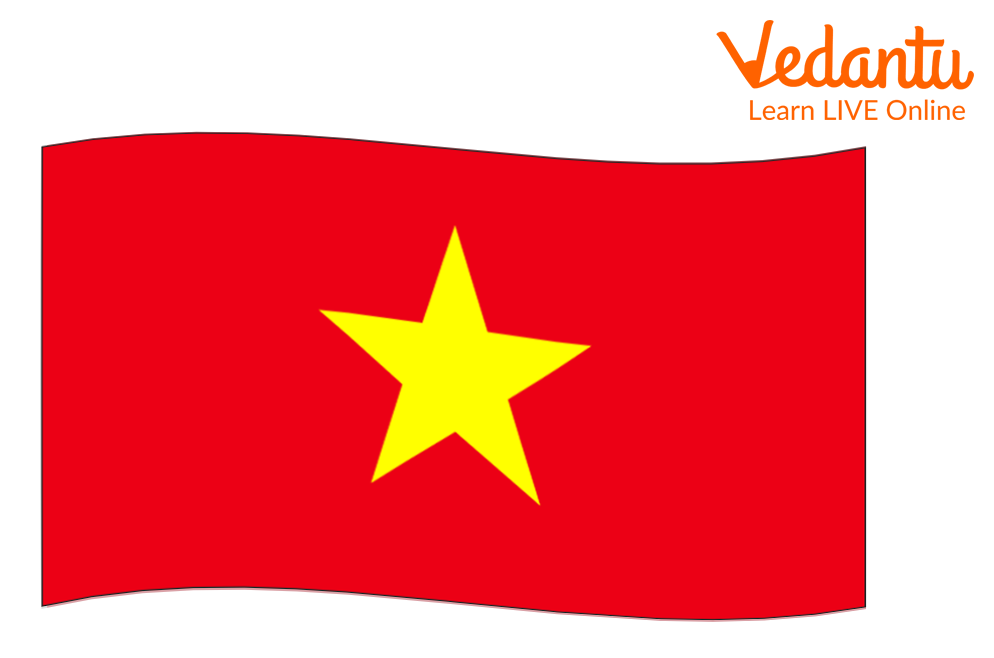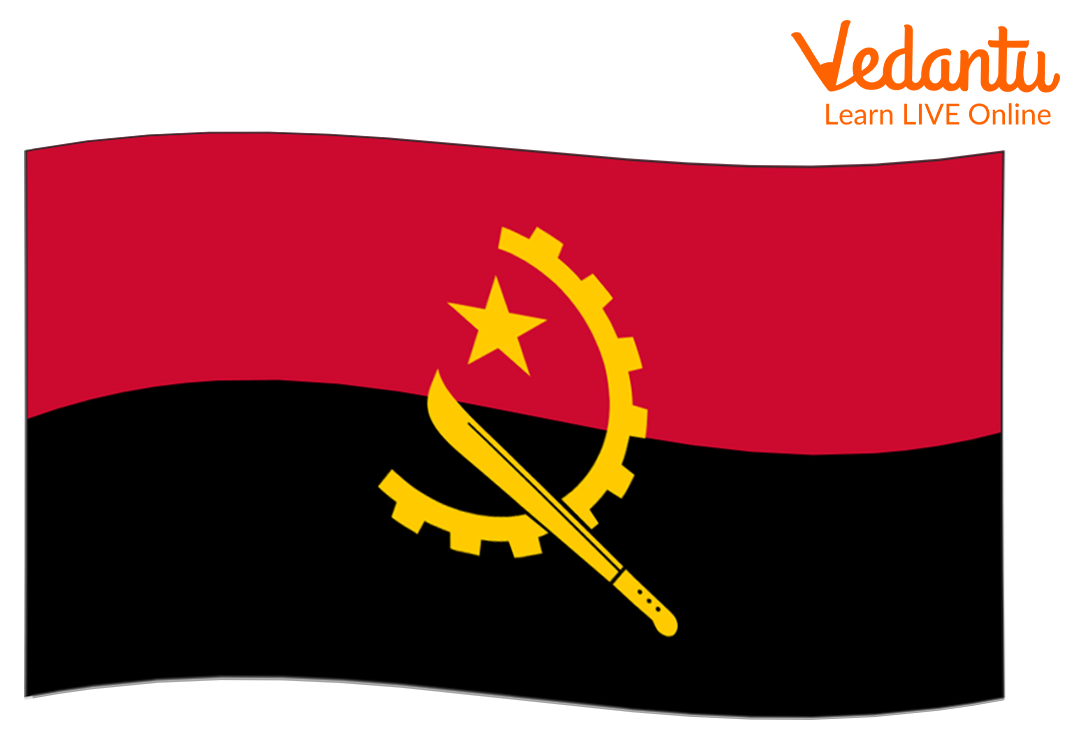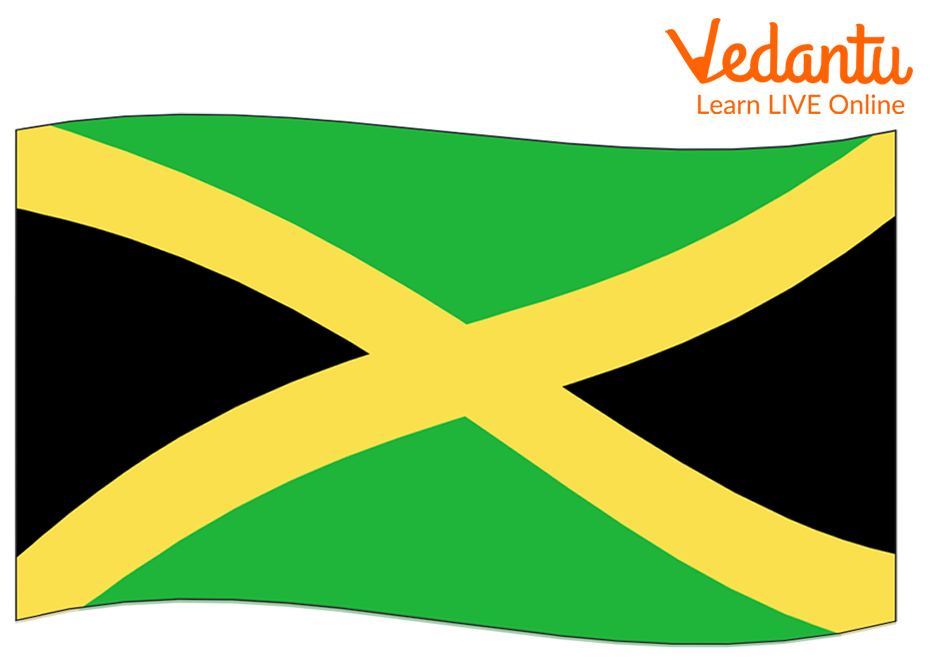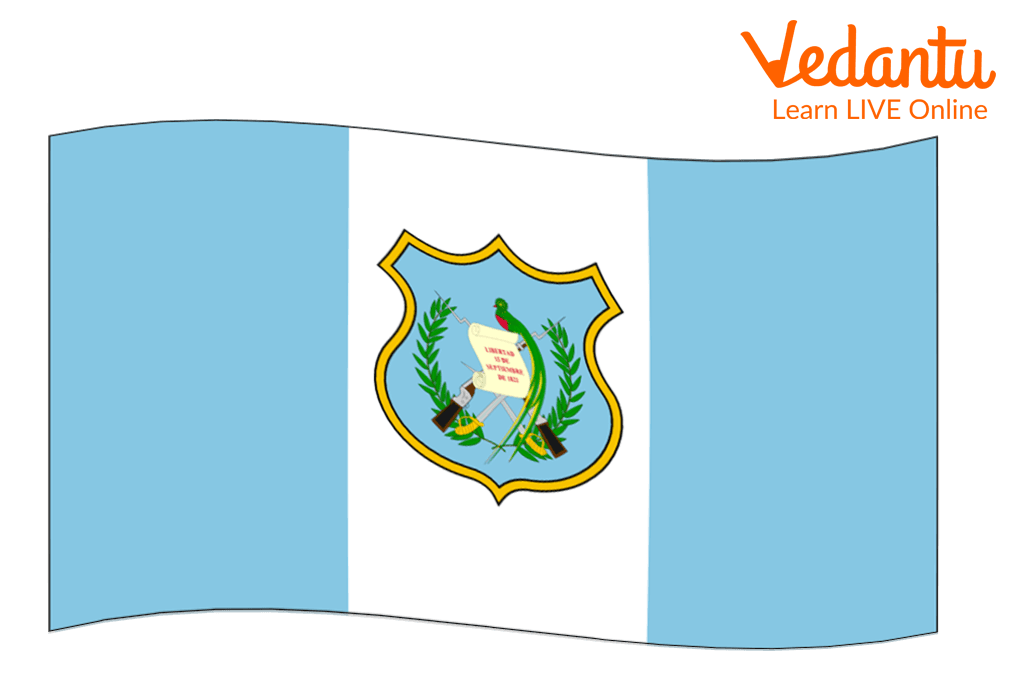




Why Should You Know the National Flags of Every Country?
A flag holds great significance in any country. It represents an idea or an ideal. Never confuse it with a mere piece of decoration or an object to be used for honour to ourselves. Rather, it ought to be honoured for what it represents.
The significance of flags in a country pertains to that they are held in high esteem for a history of the sacrifices made by the people, for the qualities for which the country and people stand.
There are around 193 national flags in the World that you can learn in alphabetical order. Also, there are flags that are ranked from the best to the worst. There are other flags that are notable in terms of their appearance. We’ll study all about these in this article.
Importance of a Flag
Below underlies the importance of a flag.
The origins of flags lie in ancient history. Originally, they were simply decorative streamers, or perhaps ceremonial images. They were superior to several other emblems: cheap and straightforward to make, easy to hold and display, and attracting attention with their lifelike movement in the air.
Flags came to symbolise various leaders, communities, gods, merchant and craft guilds, ships, and towns. A flag often gained equivalent respect as was accorded to the person or thing which is represented. In battle, the loss of a flag was an extreme blow. The capture of the opponent's flag could be the turning point during a battle. Flags often bore religious symbols and were utilised on religious and state occasions.
The modern ensign arose within the seventeenth century, with the creation of the primary modern states. Before that, the majority of countries had only the flag of the rulers. Some modern national flags are even now used only by the government and military, with a special flag (a civil flag) employed by the people.
A flag represents a thought or a perfect. it's neither a mere piece of decoration nor an object to be honoured for itself. It's an honour of every nation. Many flags are held in high esteem for a history of people who sacrificed their lives in protecting the nation from evils.
Such respect doesn't depend upon the aesthetic appeal of the planning, or thereon attempting to represent visually the people or politics of a rustic. If it represents anything tangible, a national flag generally symbolises the unaltering features of a nation. These can include the geographical location, or perhaps a particular physical feature, historical foundation, or (to a lesser degree) the constitutional structure. In democracies, they generally represent political affiliations.
Respect for the flag is a manifestation of patriotism. Public dishonouring of the flag is considered an extreme sort of dissent in most countries and punished accordingly. Some countries, notably the USA, make the general public affirmation of loyalty to the flag and therefore the country a civic responsibility. New Zealanders haven't regularly honoured the flag in public ceremonies since the 1950s.
To fly the ensign may be a sign of pride and patriotism. It is a positive affirmation of loyalty and commitment. It marks out a rustic that has confidence in itself and is comfortable with its place within the world, its history, and its future.
Now, let us go through various categories of national flags, starting with the flags of the world to the most popular ones and in terms of rank as well.
Different National Flags
1. Flags in the World
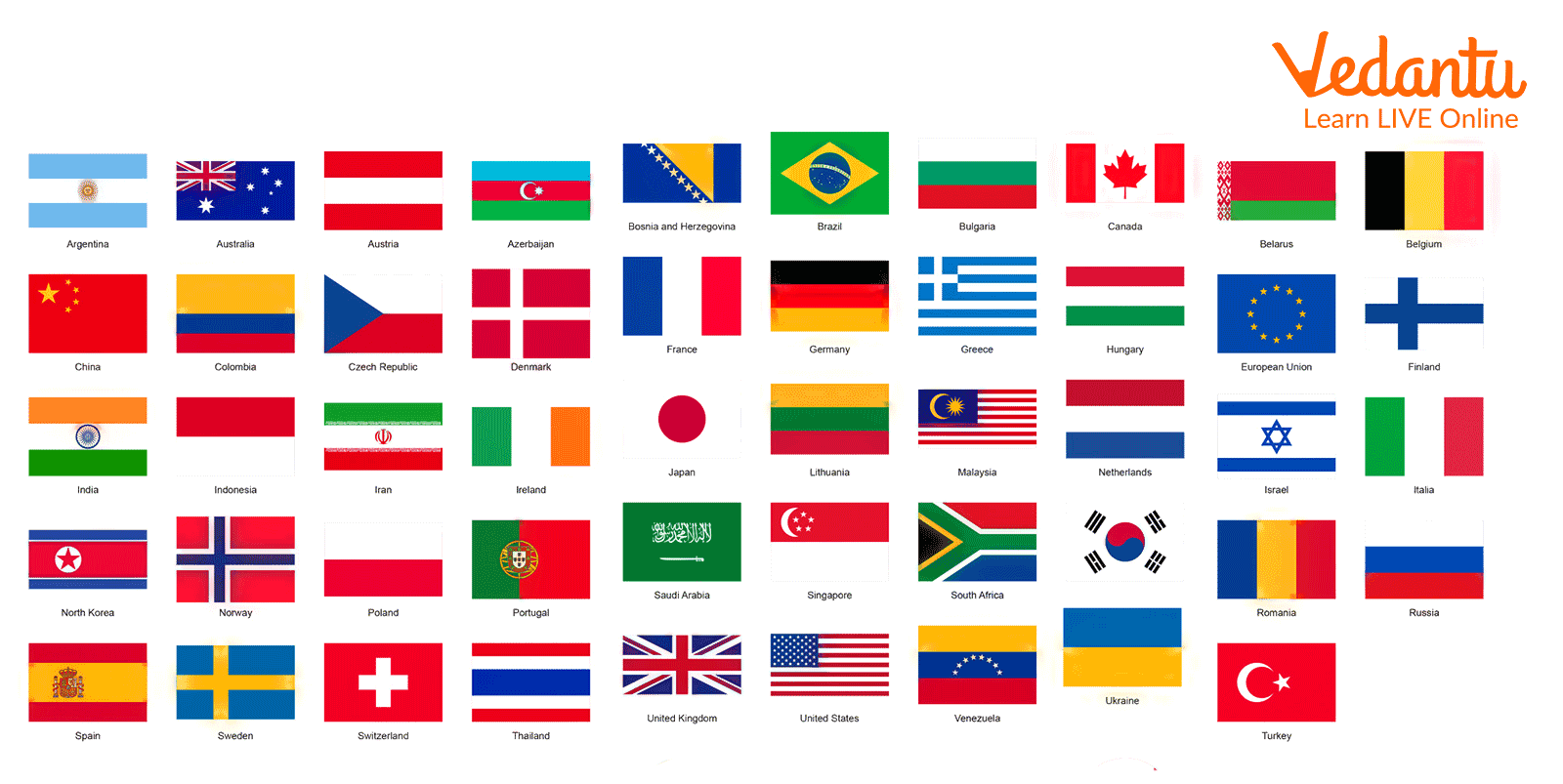
Flags Countries in the World
2. Most Popular Flags in the World
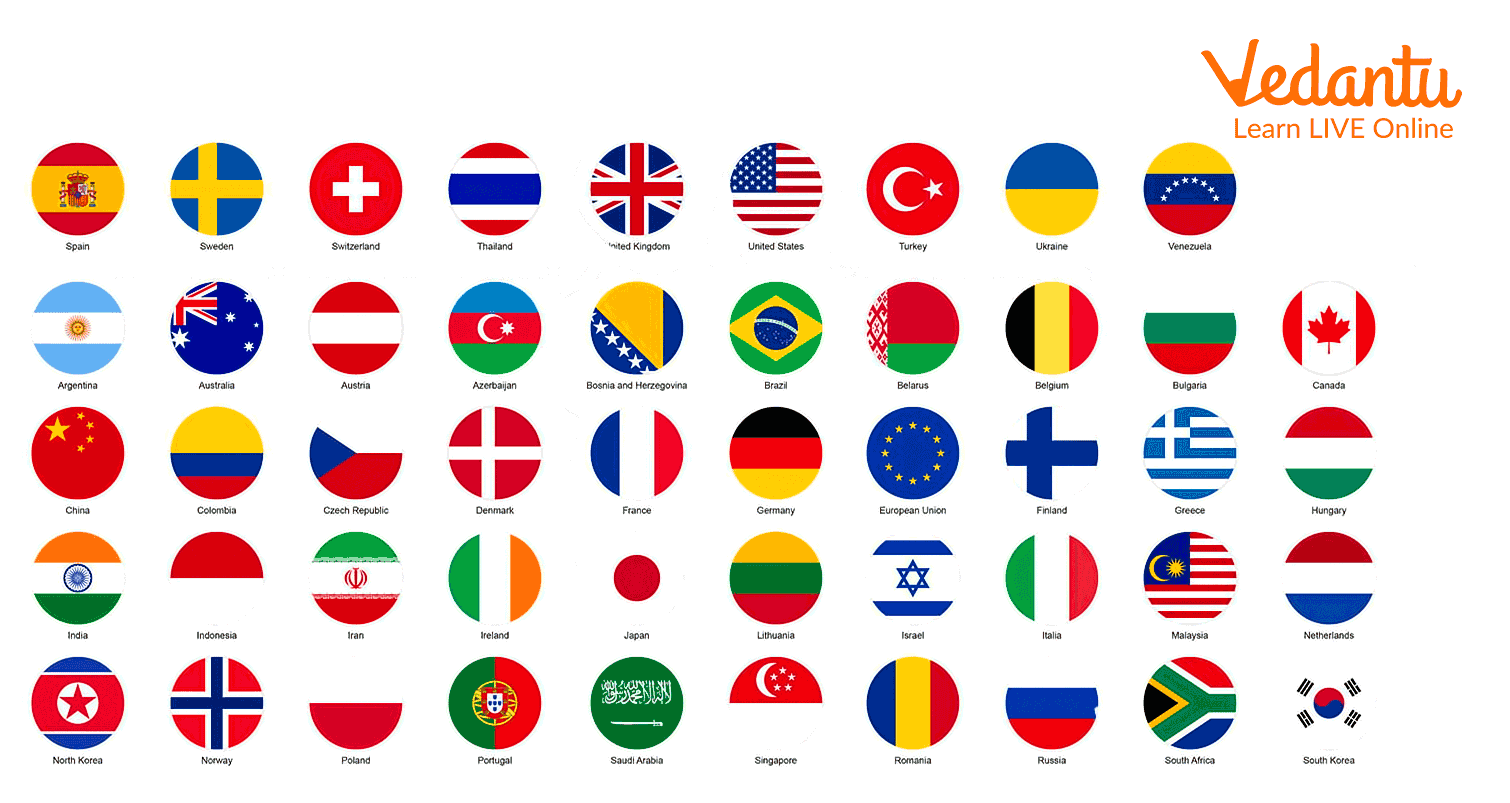
Most Popular Flags in the World
3. State flags of the United States of America
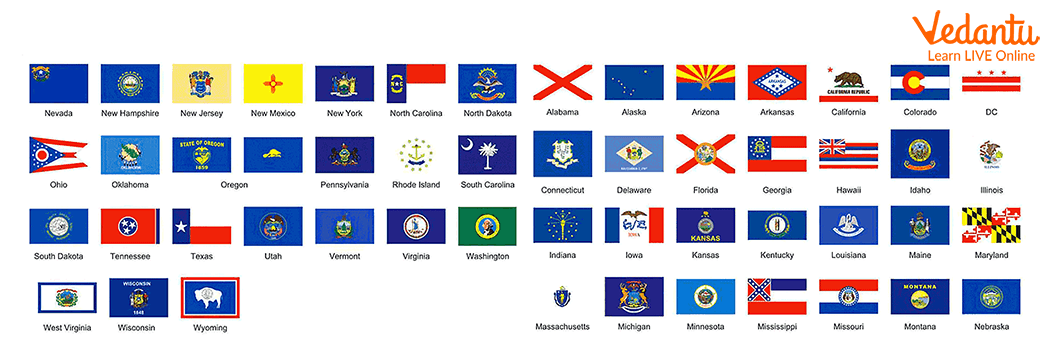
State Flags of the United States of America
4. 48 National Flags of Europe
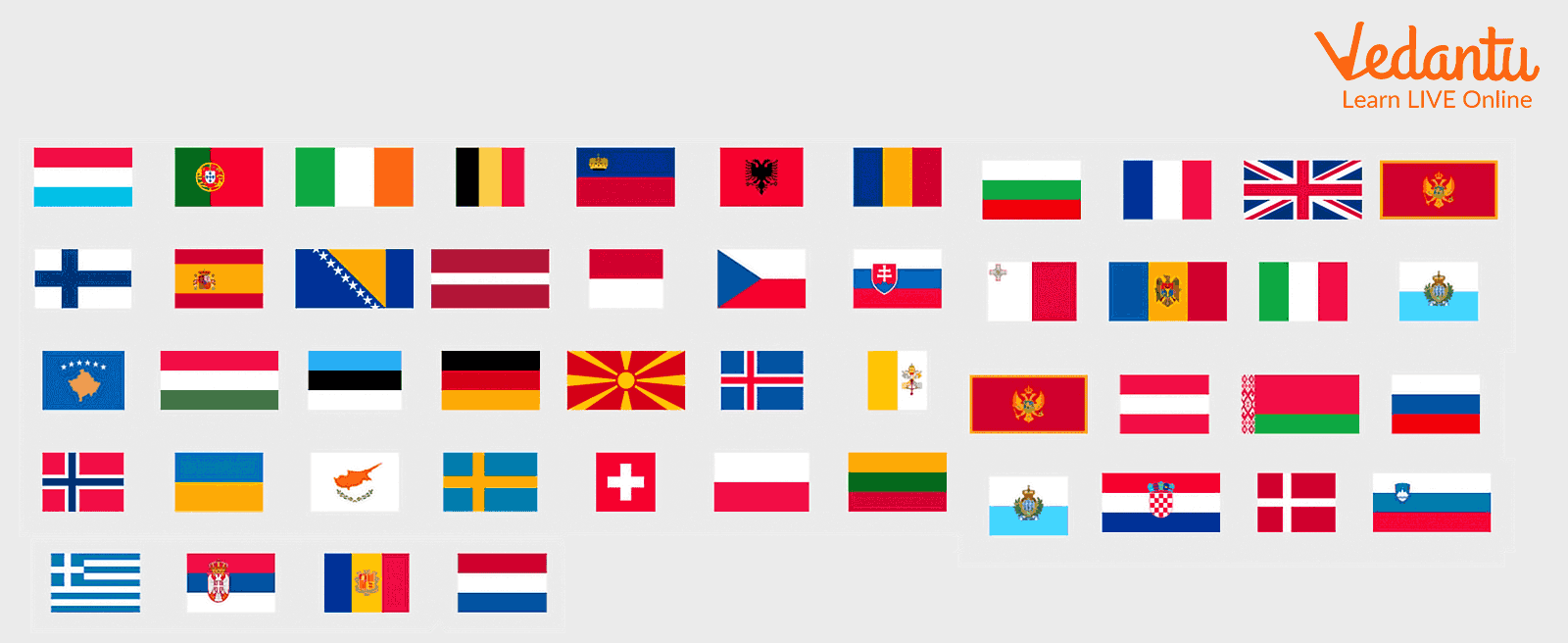
Flags of Europe
Olympic Flags List (Top 12) – Ranked from the Best to the Worst
So, this was all about the categorisation of flags in terms of the most popular ones, individual flags of a particular country, ranking in sports, etc. For your understanding, images have been added to remember which country or state has which kind of flag. Going through this article will enhance your general knowledge of Flags of different Countries.
FAQs on National Flags of the World – Explore, Learn, and Master Flags
1. What does the Indian National Flag, the Tiranga, look like?
The Indian National Flag is a horizontal tricolour, famously known as the Tiranga. It has three equal bands: saffron at the top, white in the middle, and green at the bottom. In the centre of the white band is a navy-blue wheel with 24 spokes, called the Ashoka Chakra. The flag's width-to-length ratio is 2:3.
2. What do the colours and the chakra in the Indian flag represent?
Each element of the Indian flag has a special meaning as per the 2025-26 NCERT syllabus:
- The Saffron colour on top signifies the strength and courage of the country.
- The White middle band represents peace and truth.
- The Green band at the bottom shows the fertility, growth, and auspiciousness of the land.
- The Ashoka Chakra in the centre is the wheel of law (Dharma) and represents motion and progress.
3. How many national flags are there in the world?
There are flags for every country in the world. As of 2025, there are 195 sovereign countries recognised by the United Nations, each with its own unique national flag. If we include dependent territories and other states, the total number of flags can be over 250.
4. Why are national flags so important for a country?
A national flag is a powerful symbol of a country's identity, pride, and sovereignty. It represents the nation's history, values, and people. On the world stage, it acts as a visual shorthand for a country, used in international events like the Olympics and at the United Nations. For citizens, it fosters a sense of unity and patriotism.
5. What is the study of flags called?
The study of the history, symbolism, and usage of flags is called Vexillology. Someone who studies flags is known as a vexillologist. The word comes from the Latin word 'vexillum', which means 'flag' or 'banner'.
6. Are there any flags that have different designs on the front and back?
Yes, although it is very rare. The most famous example is the flag of Paraguay. Its front side shows the national coat of arms, while the reverse side (the back) shows the seal of the treasury. Most national flags in the world are identical on both sides.
7. What are some common symbols found on flags, and what do they mean?
Many flags use common symbols to represent their country's values or features. Some examples include:
- Stars: Often represent states, provinces, unity, or guidance. The 50 stars on the USA flag represent its 50 states.
- Sun or Moon: Can symbolise divinity, new beginnings, or energy. Japan's flag features a red sun.
- Crosses: Frequently seen on flags of Nordic and other European countries, often representing their Christian heritage.
- Animals or Plants: Represent the nation's unique wildlife or agriculture, like the maple leaf on Canada's flag.
8. Why do some countries share similar flag designs or colours?
Countries sometimes have similar flags because they share a common history, culture, or geographical region. For example, many Arab nations use the pan-Arab colours of red, green, white, and black to show their shared heritage. Similarly, many Nordic countries like Denmark, Sweden, and Norway use the 'Nordic Cross' design, which symbolises their shared historical and cultural links.






















